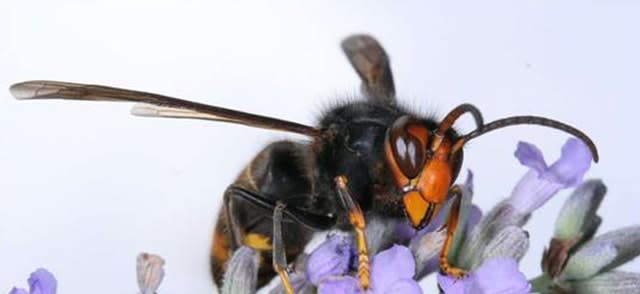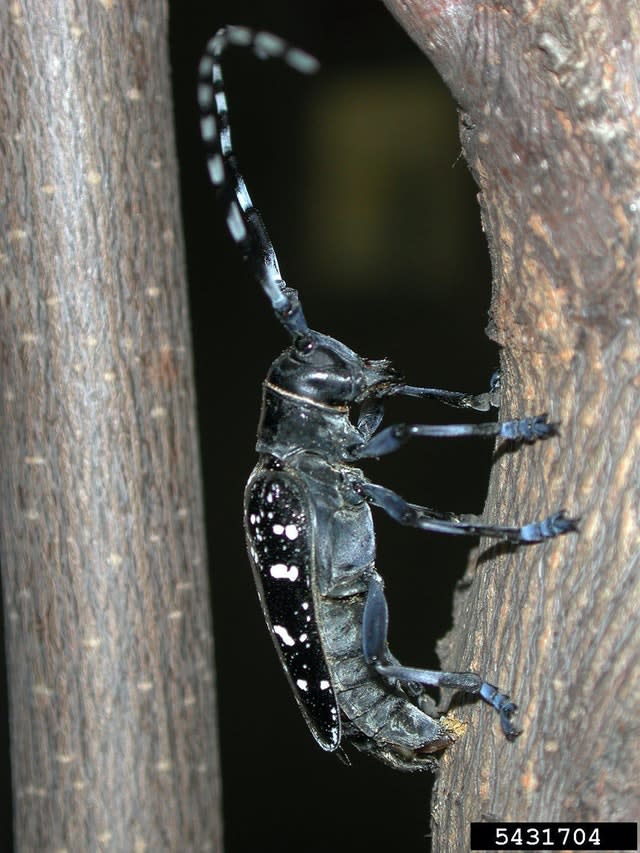Boost funding for invasive species battle to save economy £2.7bn – nature groups
Spending just £6 million a year tackling invasive plants and animals in the UK would save £2.7 billion for the economy over 20 years, conservationists said.
Wildlife and Countryside Link, a coalition of environmental groups, is urging the Government to increase its spend on tackling invasive species from £1 million a year to £6 million in its comprehensive spending review.
It would deliver returns many times higher than the initial spend through preventing damage caused by invasive species – with £23 of benefit for every £1 spent, analysis by the coalition suggests.
And if it were combined with a Government-funded national nature service, it could provide jobs or training for thousands of people and boost the green recovery from Covid-19.
By 2040, it could prevent the establishment of 24 new invasive species and eradicate 10 nature invaders which have already established themselves here.

The UK already has to spend £2.2 billion every year on dealing with existing invasive species, ranging from American mink that prey on now-threatened water voles to Japanese knotweed which damages buildings and drainage.
The nature experts warn that an estimated 42 new non-native invasive species would establish themselves in the UK without Government action by 2040.
That would cost the economy an additional £3.4 billion over the next 20 years, or an average of £168 million a year.
Some of the most likely new arrivals to gain a foothold in the UK include the Asian hornet which kills honeybees, the Asian longhorned beetle which causes damage to broad-leaved trees, and sea myrtle, a shrub which can take over habitats from native species.
But boosting the cash available for tackling invasive species will significantly increase the capacity to deal with new threats, as well as address existing problems.
Investing £6 million a year could slash costs to the economy by around 80% to £670 million over the period to 2040, or £33.5 million a year.
That would deliver a saving of £2.7 billion over the 20 years to 2040, or annual savings of around £135 million a year, Wildlife and Countryside Link said.
Dr Richard Benwell, chief executive of Wildlife and Countryside Link, said: “Ships clogged by mussels, crops and timber ruined by pests, and waterways blocked by weeds all come at a heavy economic price.

“Invasive species are costly for the economy as well as exacting a toll on wildlife.
“A relatively small Government investment of £6 million per year offers a triple win – supporting jobs, preventing the cost from invaders rocketing, and protecting vulnerable UK wildlife.”
Dr Emily Smith of the Angling Trust, and chairwoman of Wildlife and Countryside Link’s invasive species group, said: “It’s not only our wildlife and economy that invasive species harm.
“Non-native wildlife can affect our health and wellbeing, with some invasive insects carrying harmful diseases that impact human health and invasive plants reducing our access to, and enjoyment of, green and blue spaces.
“Species which may be harmless in their native country can have devastating consequences if they establish here.
“For the sake of businesses, nature, and human health and wellbeing it is vital that the Government invests now to prevent an influx of nature invaders in the next decade,” she urged.
A spokesperson for the Department for Environment, Food and Rural Affairs (Defra) said: “Invasive non-native species challenge the survival of some of our rarest species and damage our natural ecosystems.
“We take the threat they pose extremely seriously and have some of the best eradication programmes in Europe, with excellent progress made towards the total eradication of nine invasive species, including highly damaging species such as the ruddy duck, topmouth gudgeon and American bullfrog.”

 Yahoo News
Yahoo News 